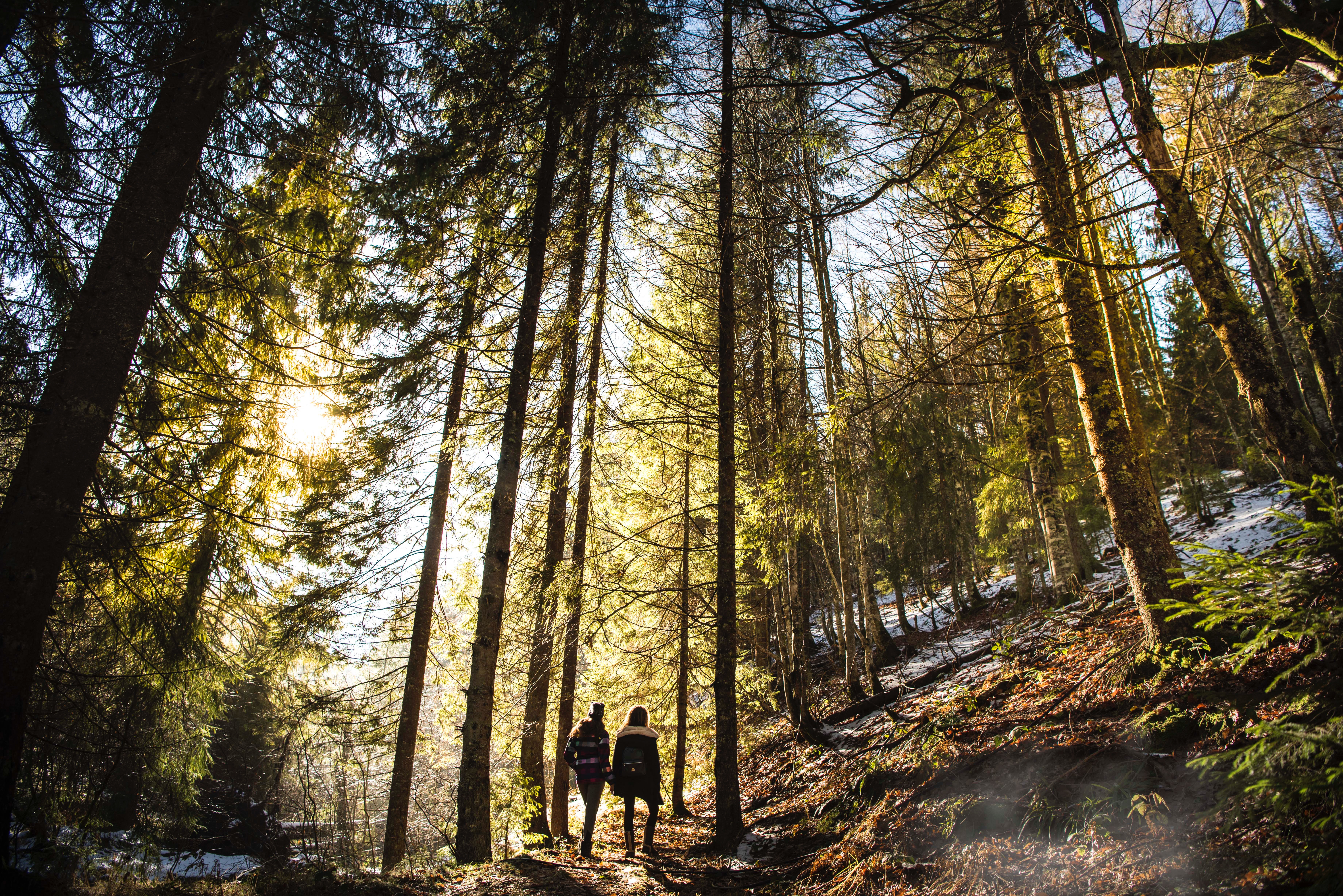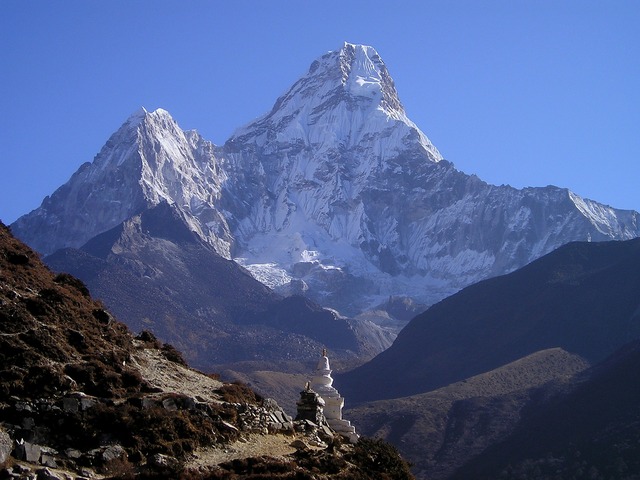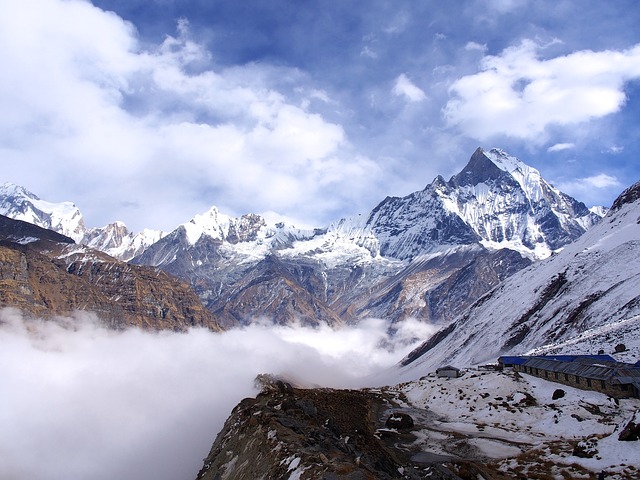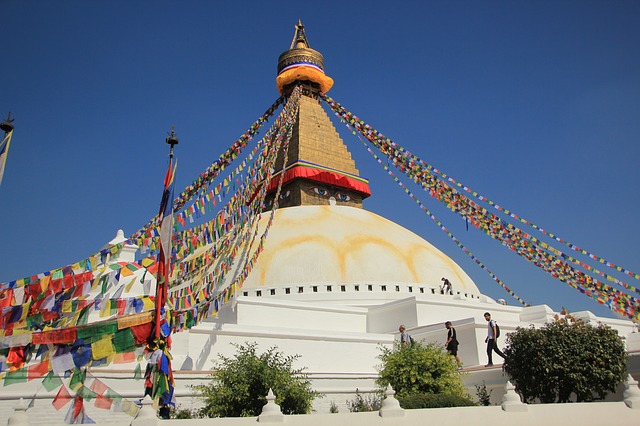
Everest’s majesty and unique scenery is a huge temptation for nature lovers from all over the world. And Everest Base Camp, a trek considered classic, is almost unanimously present in trekkers dreams. Providing sharp adrenaline rally, this trail walks you step by step from 2,800m altitude till 5,300m, accompanied by imposing peaks and cliffs, sumptuous vistas and unparalleled panoramas.
An amazing, once in a lifetime experience and simultaneously a mammoth challenge! Even if Everest Base Camp is a much thought trekking destination and crowded in season, information and adequate preparation are major elements that will contribute drastically to the success of your journey. So, do your homework properly before buying your tickets to Everest, consider the following tips on how to prepare for everest base camp trek in order to save you money, time and headaches:
Physical preparation and training
Let’s be clear: this is not a technical climb, you do not need expert experience or Olympics training, but you cannot afford to take it easily. This is a challenging trail, you need to be well trained and in good shape. To really enjoy the journey, to be able to manage the pressure and constant efforts at high altitude, you have to strengthen your physical condition and endurance.
Consider starting your training with at least six months in advance and at least four days a week execute some soliciting physical exercises. Depending on your possibilities you can either walk in mountainous areas (3-4 h a day) or using a stair master (1-2h a day), while carrying a 10 kg backpack. Do your best to build endurance skills and stamina, either by jogging, swimming or by trekking 5-7h in a row.

Source: Unsplash
Acclimatization
Most fails during this trail are due to two major causes: improper acclimatization and insufficient physical preparation. Consider having minimum three nights of acclimatization at 3,500m altitude, more if possible, it will give your body the necessary time to accommodate in low oxygen circumstances. A good acclimatization will increase the chances to be successful in this challenge and should be your very first priority.
Source: Pixabay
Pack wisely and have the right gear
Consider dressing in layers while in Himalaya and pack the essentials without overcharging your luggage as you will have to carry it high in the mountains.
Pay maximum attention to your footwear, inadequate trekking boots can end your journey easier than you might imagine. Procure yourself a solid, waterproof, ankle sustaining pair of trekking boots and break them in long before you arrive in Nepal. Other essential items are a high quality down jacket and two water bottles – a Nalgene style one and a platypus style one. These are important for heating your sleeping bag and for snipping during walking without having to stop. As the sun in the Himalayas can be awfully strong, have a large brimmed hat to protect you against sunburns. Silicone blister plasters are also lifesaving during trekking, so buy plenty to have with you and help your foot bear the efforts. A great tip to treat blisters right away is to be found here. Check our complete list of items to pack for your Himalayan trekking. (put the ebook)
Good hydration is an absolute must
While trekking in the mountains and moreover at high altitude, your body will dehydrate faster and you have to compensate by drinking water constantly. It is advised to consume up to five liters of water daily during the trek, in order to minimize the chances of experiencing altitude sickness.
Altitude sickness
It’s almost impossible to totally avoid headaches or some sort of altitude effects. The first cause of headaches is dehydration, so, drink enough water to minimize headaches possibilities. Have some anti-inflammatory pills with you like Ibuprofen to reduce pressure and inflammation within your body. These headaches are part of normality at high altitude if moderate. If your headaches become severe and restrict your abilities to walk, eat or sleep, look for medical help.
Source: Pixabay
Turtle pace wins the race
Hiking to Everest Base Camp has many similarities with a marathon, you have to be prepared and well trained for this challenge. Having trained and strong legs will be a blessing while descending from the Everest Base Camp. As descending is from many points of view more difficult than ascending. Moving in the correct pace is of paramount importance to conserve your energy and help you advance and come back in good conditions. Take into consideration that at high altitude you will have less oxygen, about 30-50% face to the oxygen volume you have at your disposal at sea level. Your muscles will recover slower than after hard training at home. So, you have to protect your heart and muscles as much as you can and come back from Everest save.
Ensure you are part of a team that has quick access to oxygen. Having bottled oxygen with you is a must. Acclimatize enough, move slowly and steady to ensure you have the best chances and conditions to finish the Everest Base Camp trail. Take your time and rest when you feel you need to, speeding and pushing limits is simply not an option on this trek, as altitude will worthen things.
Be flexible and tolerant
Nepali people function on their own time and it might arrive that things do not evolve as smooth as you would expect, treat these as cultural differences. Be patient and calm down, finally you are on vacation and you will want to enjoy it. Keep up your energy and positiveness.
As flying to the Everest region is subject to weather conditions, take into consideration that there is high probability to have windy or foggy weather that will delay your flights. Just be prepared for such cases. Preview a reserve of a few days for your international flights.
Bring your favorite snacks
Many people experience eating difficulties while in the mountains at high altitude. You just might feel that you don’t want to eat but remember you are making heavy physical efforts thus feeding properly is important. Even if there is plenty of food available, altitude sickness might impede you to eat. A good trick is to bring your favorite snacks, treats to help you bring back your appetite.
If possible bring small gifts for local kids
While walking towards the Everest’s Base Camp you will pass through many local villages. Bringing small gifts for kids that you encounter in your way will get a large smile on their little faces. You can bring small toys, crayons, books for children, markers, colored pencils or sweets.
Source: Pixabay
Relish the cultural life
Even if your primary purpose will be to enjoy the spectacular mountains landscape and the physical activity, take a closer look to the cultural aspects of the places you are visiting. You will meet Sherpa people – they have tight connections to Tibet, fascinating religious spots, prayer walls and wheels, monasteries and ancient local dwellings.






